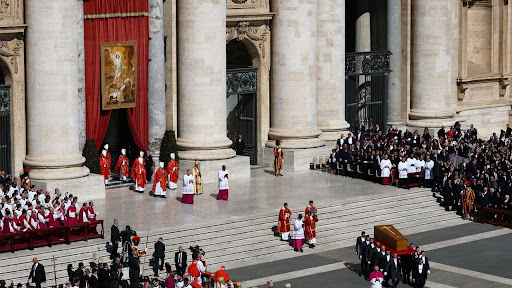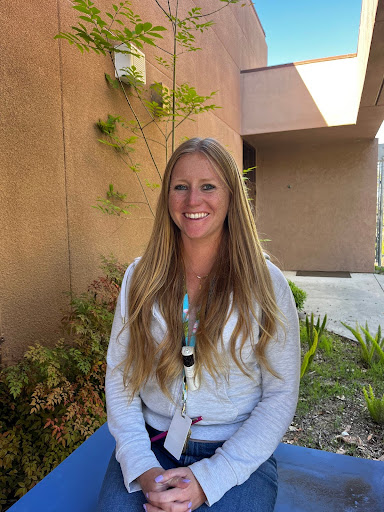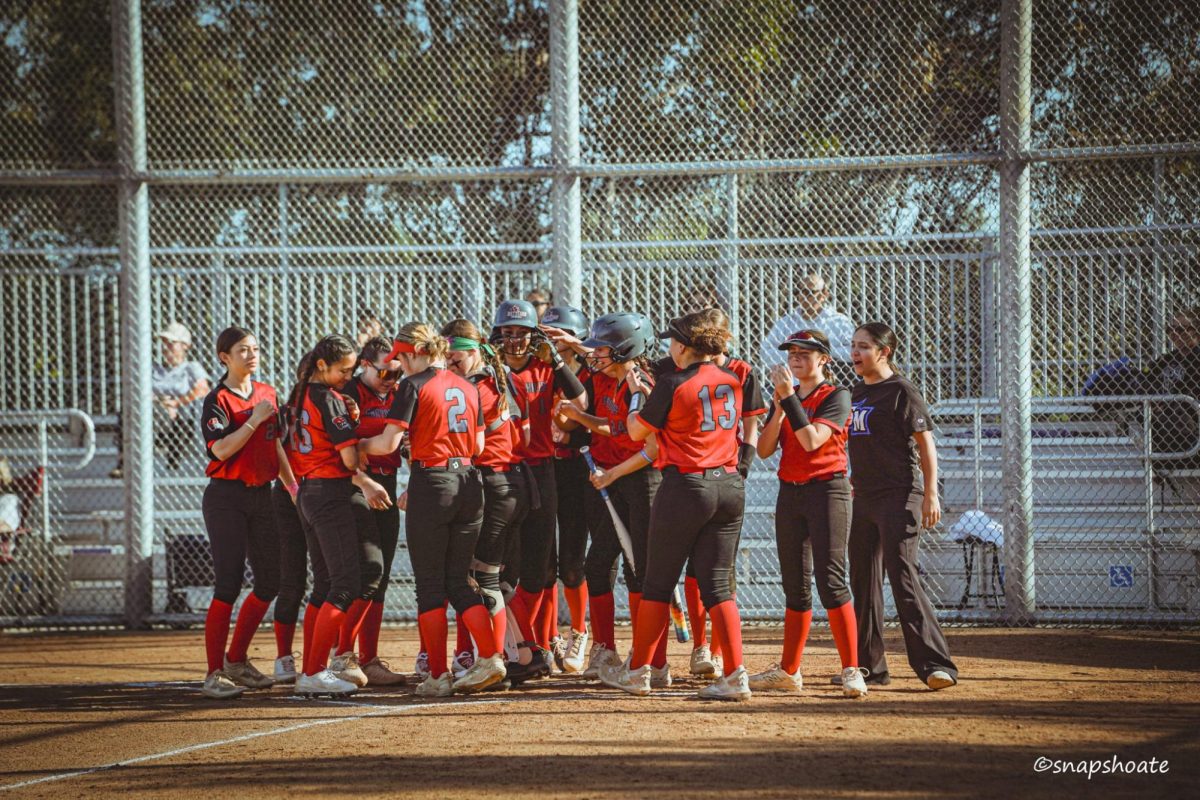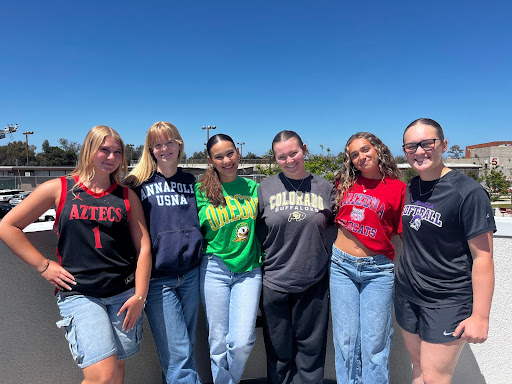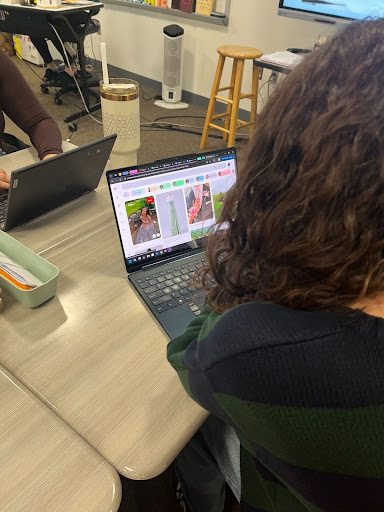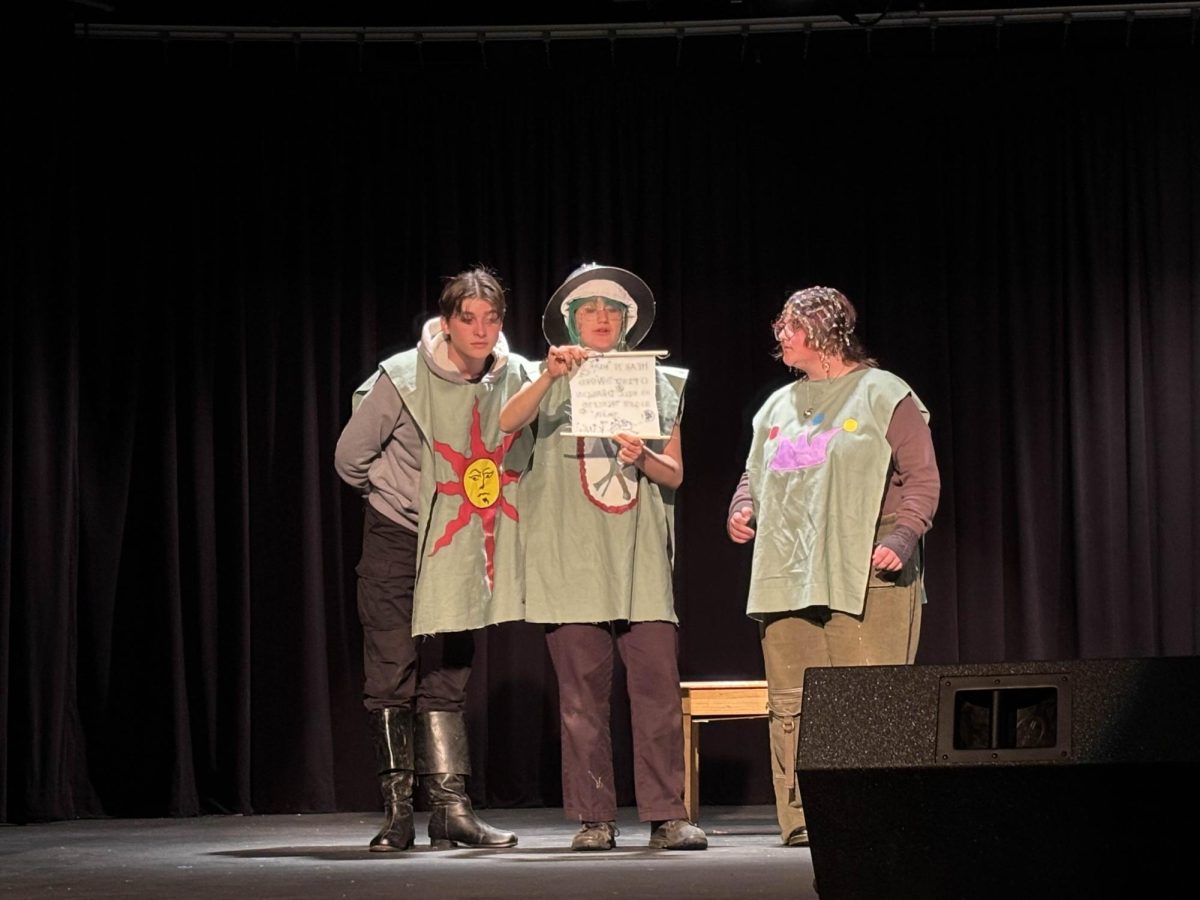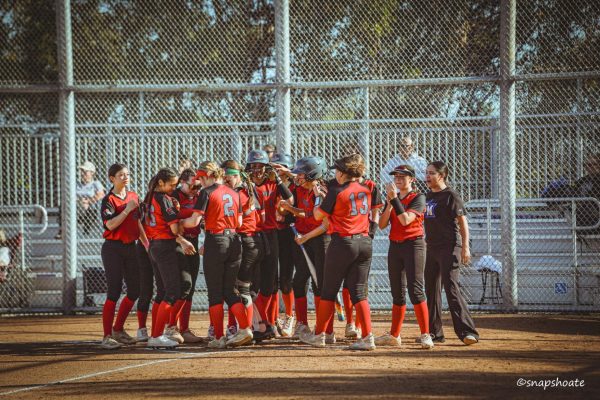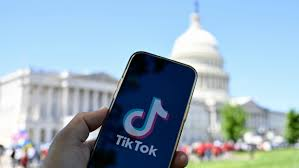The world needs green
A recent increase in gasoline prices has caused an uproar in the community and economy itself. It would have increased at some point, but the sudden jump in expenses has made it difficult for people to accept.
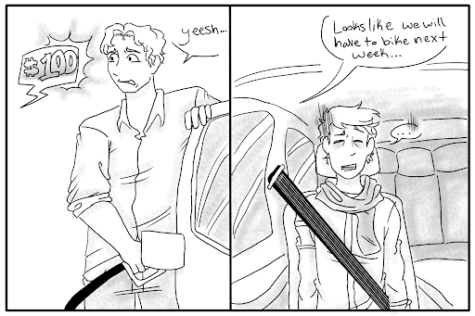
When I had gone to the gas station with my dad to get a snack, I saw the board with the gas prices shining brightly, a big six starting every row. We paid almost $100 dollars for gas that day and I couldn’t stop thinking about it since.
With OPEC’s decision to stop oil production, the demand for fuel is at an all time high. Prices are increasing due to the shortage and more than half of California residents use gasoline cars. The production of crude oil in the states dropped by 8% in 2020 being the largest decrease on record according to the EIA, resulting in a nationwide oil shortage.
The oil shortage will cause a lot of damage to the environment and the economy. Drivers use up their gas within weeks and have to keep coming back for more. The average car emits about 4.6 metric tons of carbon dioxide per year according to the EPA, meaning that the frequent use of gasoline vehicles is rapidly adding to the total carbon emissions and in a few years, prices will increase again, and will leave residents without fuel.
However, there is an upcoming solution for struggling California residents in a few years. California Governor Gavin Newsom issued a new pledge to achieve 100 percent zero-emission vehicle sales by 2035 by having yearly targets to meet goals to cut carbon pollution – 35 percent zero-emission vehicle sales by 2026, 68 percent by 2030, and 100 percent by 2035. Although, there is a catch – using public transportation.
Electric vehicles are the first idea that comes to mind when saving gas and energy, but for many, electric vehicles are not available nor affordable. A majority of Californians take the transit and public buses instead of driving their own vehicle. Taking public transportation reduces CO2 emissions by 45% UCLA Student Andy Pei wrote.
Reducing the amount of vehicles being used on the road is a good way to reduce emissions and also save money. The regular fare for the Metro Bus in California is around two dollars, so it is less money spent paying for gas.
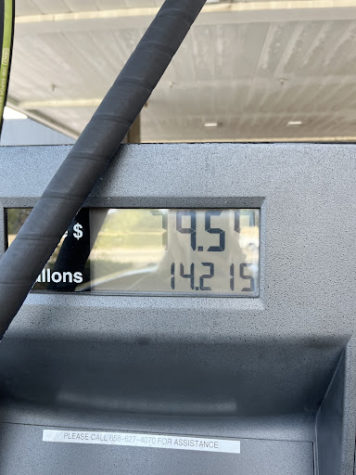
The issue with using the metro station and bus as a solution to reducing carbon emissions is that most buses are overcrowded with little to no space for riders, and the travel time is nearly double that of using a car. The wait time for a bus or train can take a while, even up to 30 minutes.
That is why electric vehicles may have the most impactful over gasoline vehicles. Aforementioned, the prices and availability of electric vehicles can be tough to deal with. Apart of the zero-emission pledge, California is investing 10 billion dollars into the transition of zero-emission vehicles in dealerships to make it easier and cheaper for all Californians to purchase electric cars, Newsom stated.
Constantly paying a fee to use gasoline vehicles is similar to a subscription for a streaming service. Many will prefer a one-time buying option. An electric car can be a well-worth one-time investment. In a lifetime, an electric car can save more than half of CO2 emissions. Many people driving hybrid cars pay for gas less often as well.
“I usually refill my gas every four to six months,” Rachel Brandel, a teacher at Canyon Hills High School said.
Having to pay a few times a year saves more money than paying for the bus fee, and it reduces the cost for gas altogether. Switching to hybrid is a helpful alternative to diesel cars for those who want to save money and time.
These small and gradual changes could be the answer to protecting our environment. Of course, everyone needs to work together, but sometimes there are roadblocks and restrictions that stop us from getting there. Economic issues, unavailability of resources, or a lack of concern or awareness, are big factors. This is why we need to start small and support those who need it at this moment.
If you want to learn more about who we need to help and how to support them to reach our global goal of reducing climate change, you can learn more at the United Nations Sustainable Development Goals and refer to the California State Pledge to see what changes we are already making.
Your donation will support the student journalists of Canyon Hills High School. Your contribution will allow us to purchase equipment and cover our annual website hosting costs.

